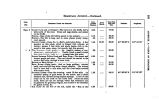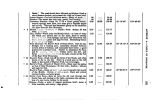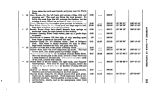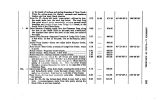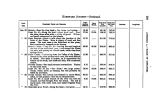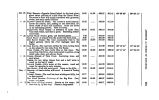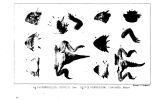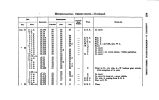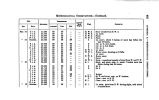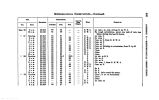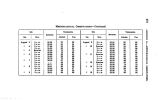| OCR Text |
Show 4 1 2 APPENDIX B.- PALAEONTOLOGY. OBTHIS UMBRACDLUM? PLATS IIL FIG. 6. The specimen corresponds with one from the carboniferous rocks of Kentucky and Tennessee, which is referred to this species. It is however somewhat distorted by pressure, and other specimens are necessary for a full determination. Loc. Missouri River, above Fort Leavenworth. A C E P H A L A . AVICULA? CUSTA. PLATS IV. Fio. l a b. Shell obliquely ovoid; hinge line much shorter than the width of the shell; beaks prominent, and the upper part of the shell gibbous; surface marked by fine even striae. This shell occurs, with a few other fossils, in thinly laminated gray sandstone, which, judging from the notes of observation, lies below the limestone of Fort Laramie. TELLINOMYA PBOTENSA, Hall, ( n. sp.) PLATS IV. Fio. 8. Shell elongate- oval; beaks placed about one- third the width of the shell from the anterior extremity, somewhat pointed; surface marked by fine concentric striae and some stronger lines of growth. Loc. near Le Bonte, with the preceding species. CYPRICARDIA OCCIDENTALS. PLATS IV. Fio. 2. Shell rhomboid- ovate; anterior extremity rounded; posterior obliquely truncate; posterior slope with a distinct carina extending from the back to the posterior basal margin; beak near the anterior extremity; surface marked by concentric striae and some more elevated ridges or lines of growth. This species occurs in a gray argillaceous limestone, associated with Products*) Chonetes, etc. Loc. from the Big Blue River. |
































































































































































































































































































































































